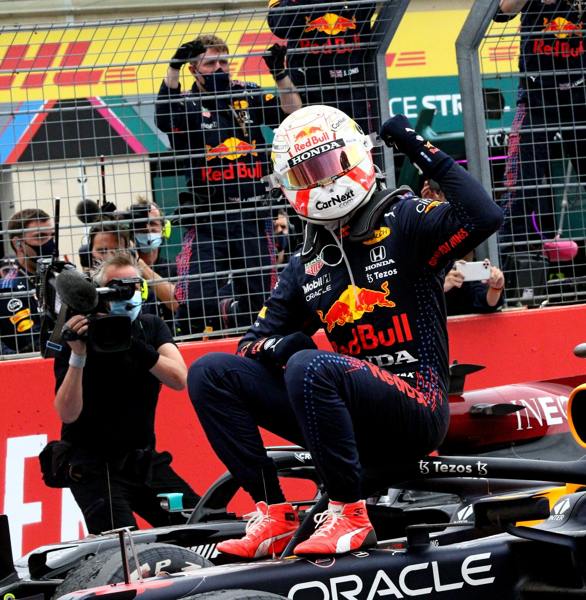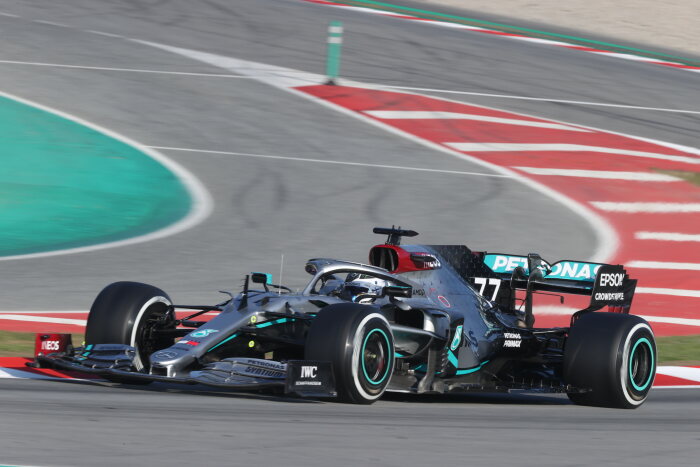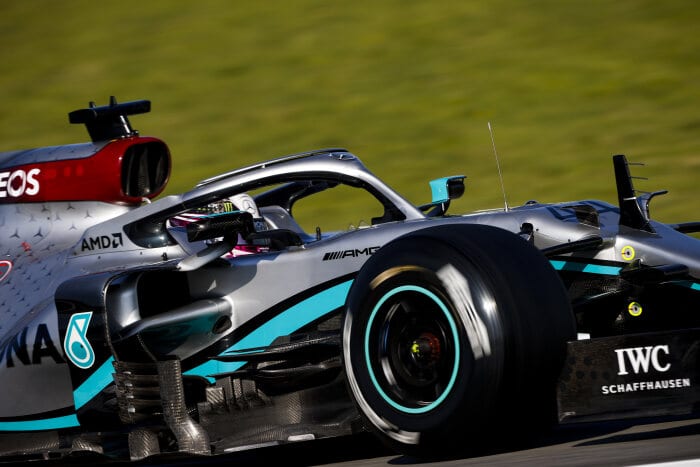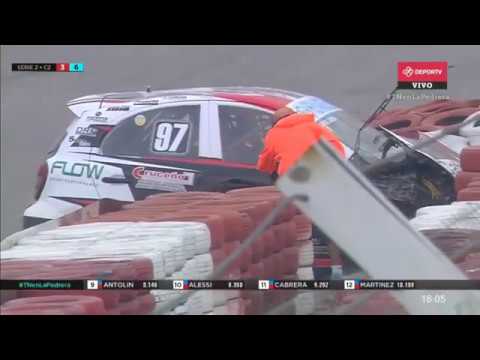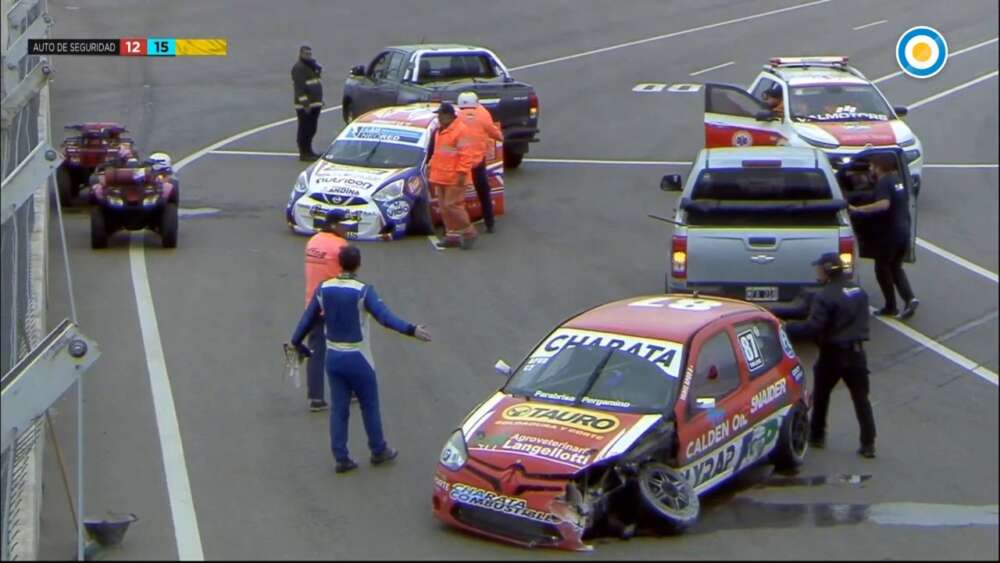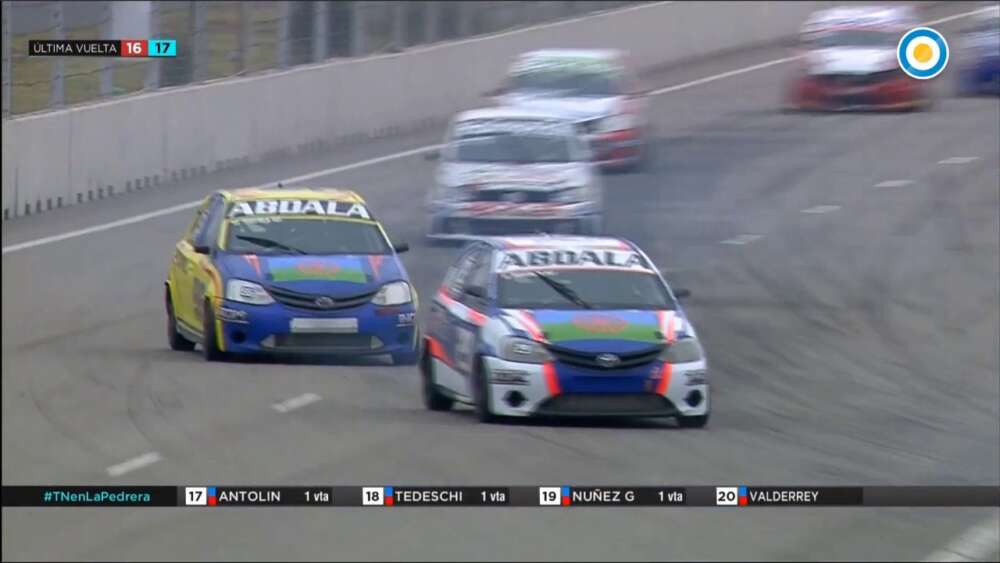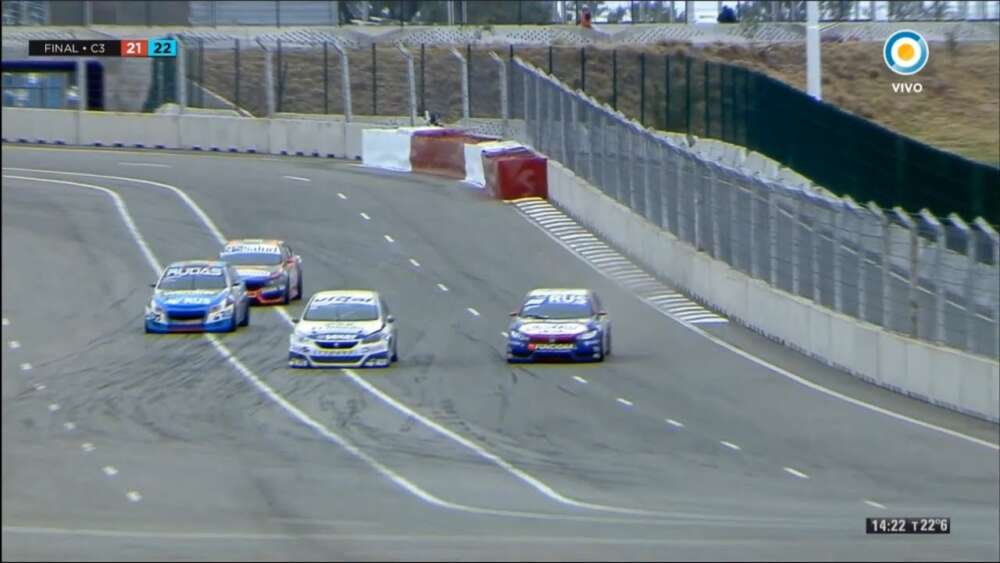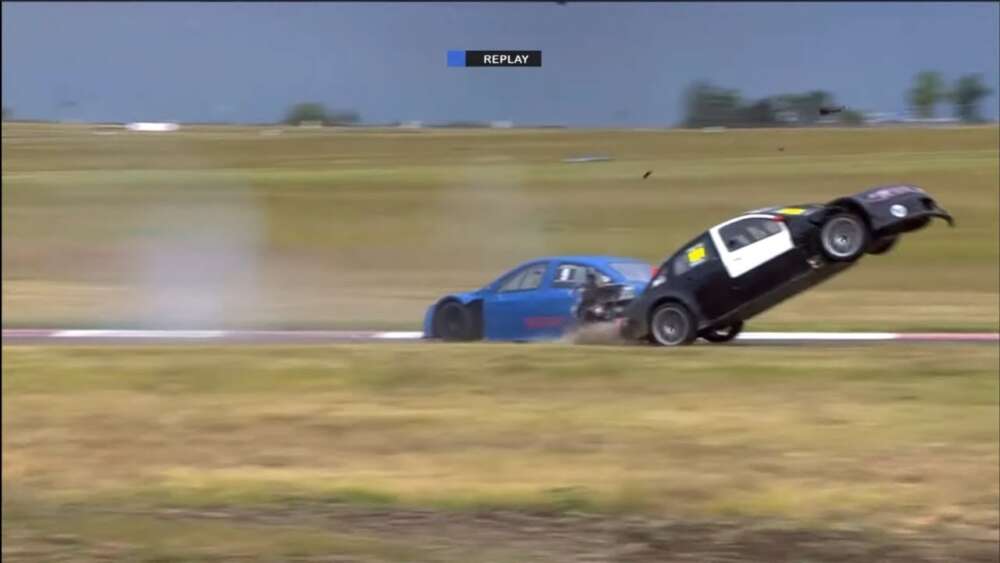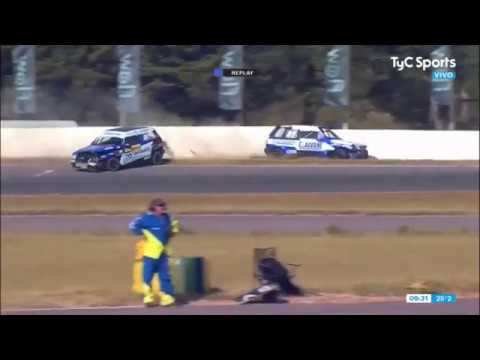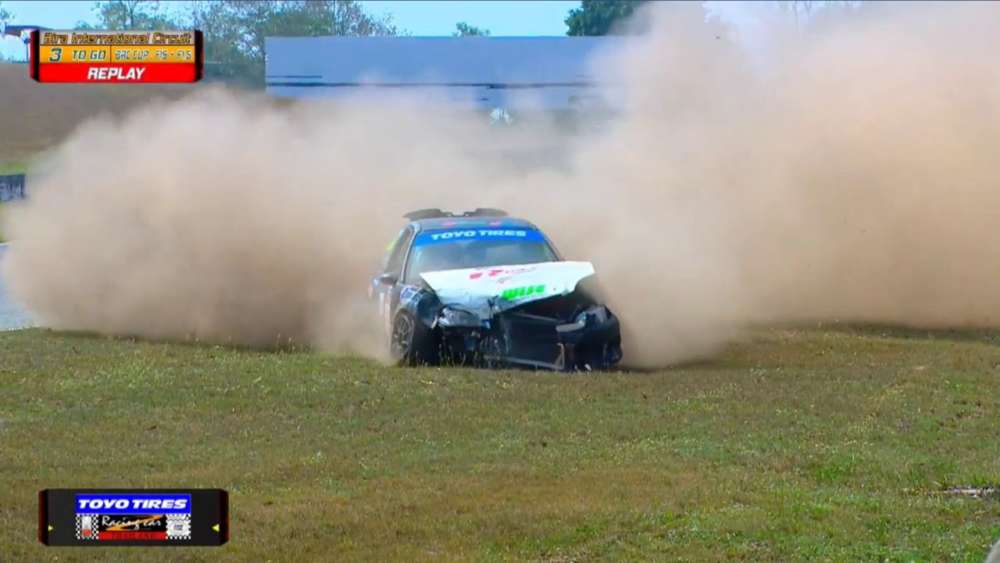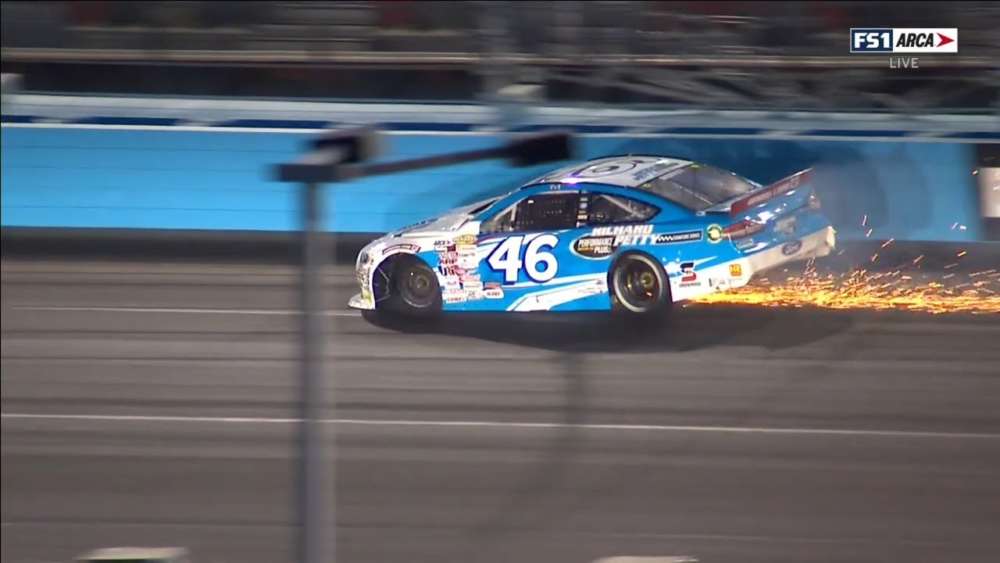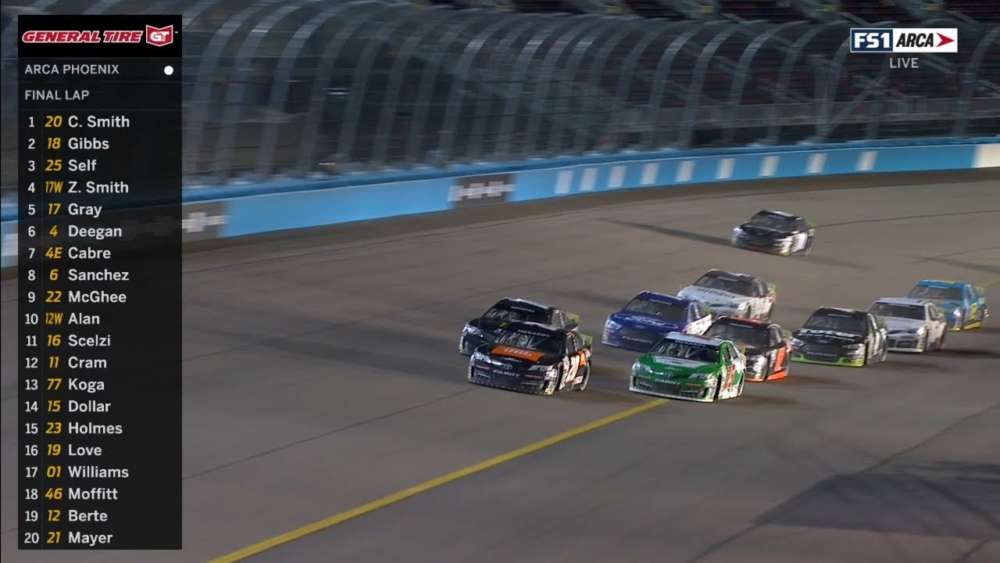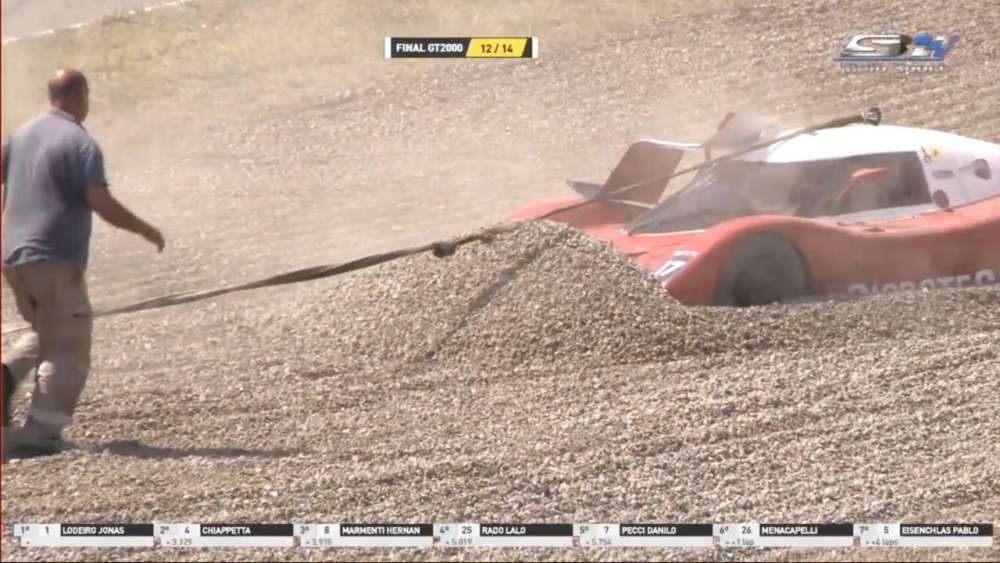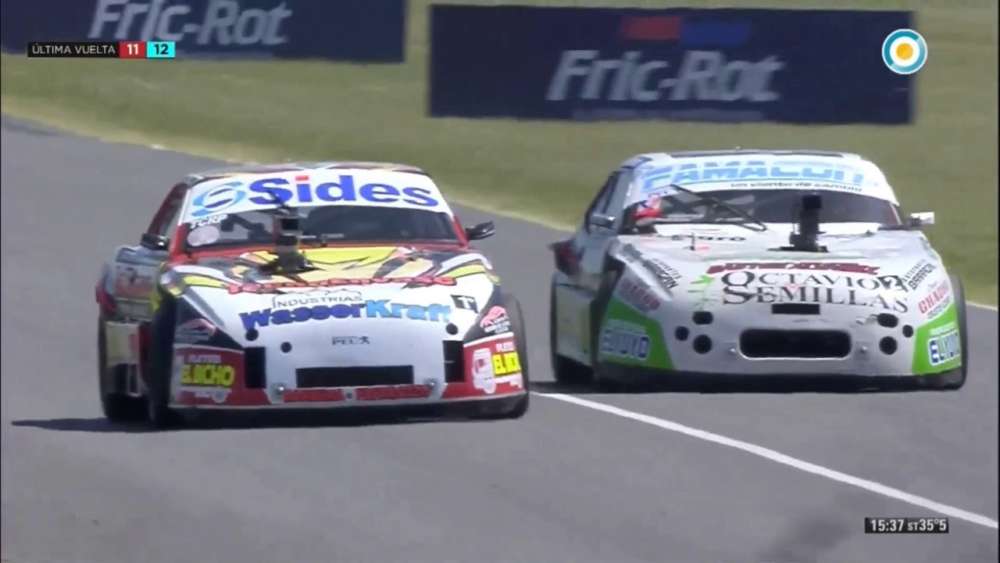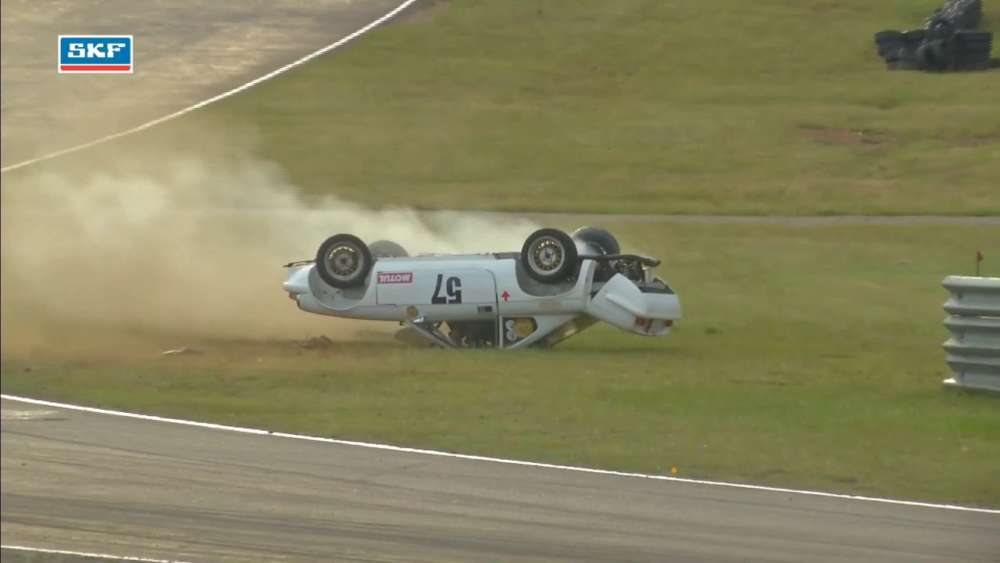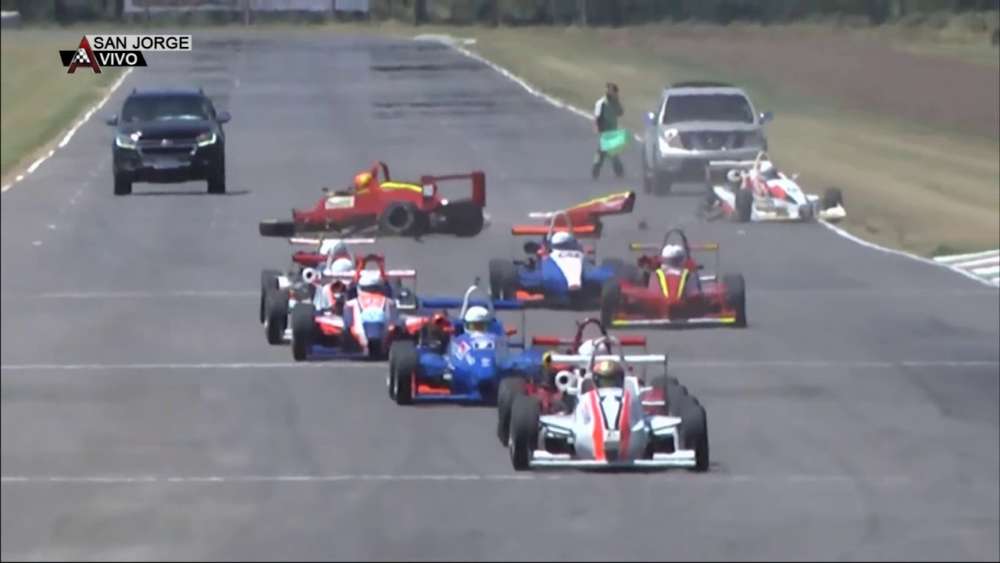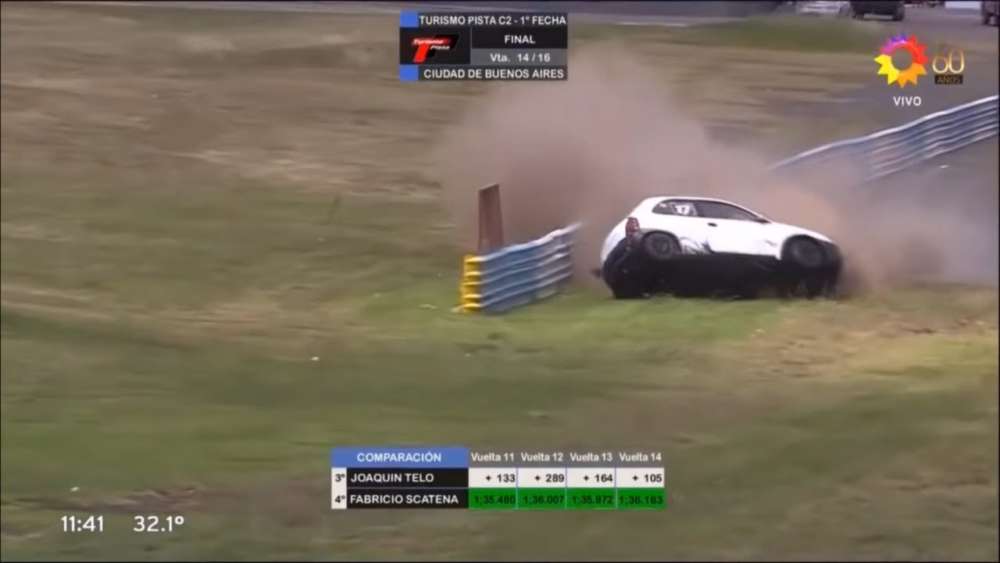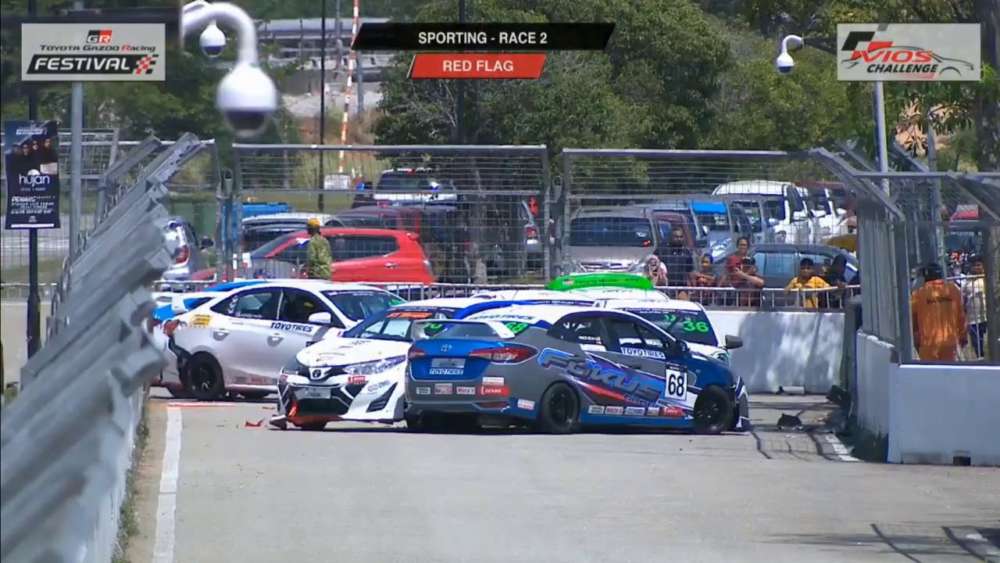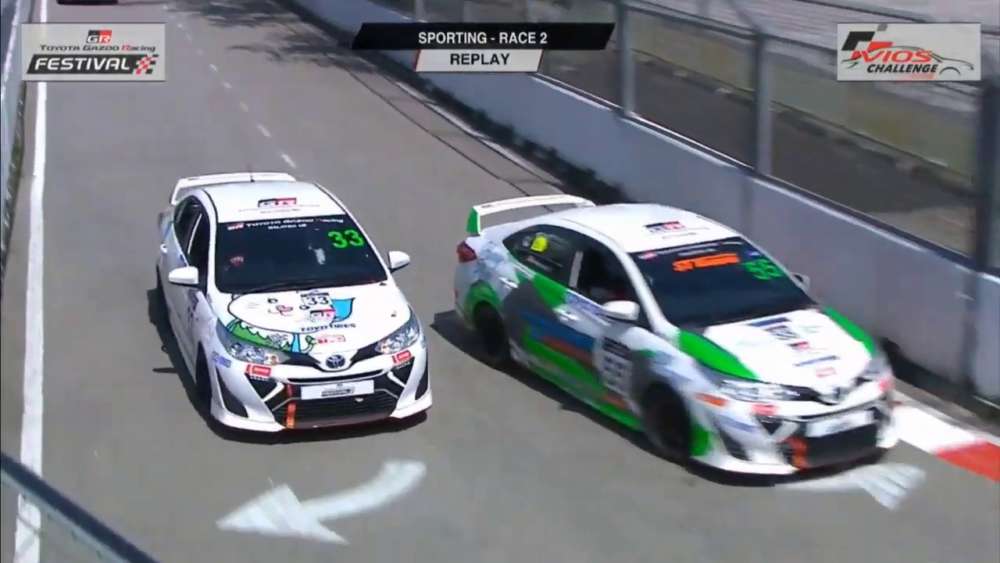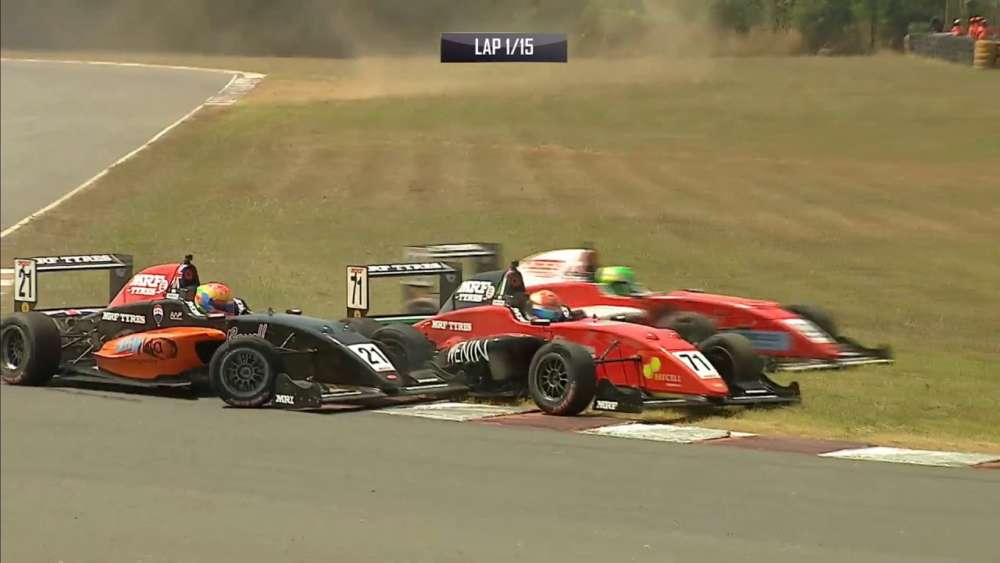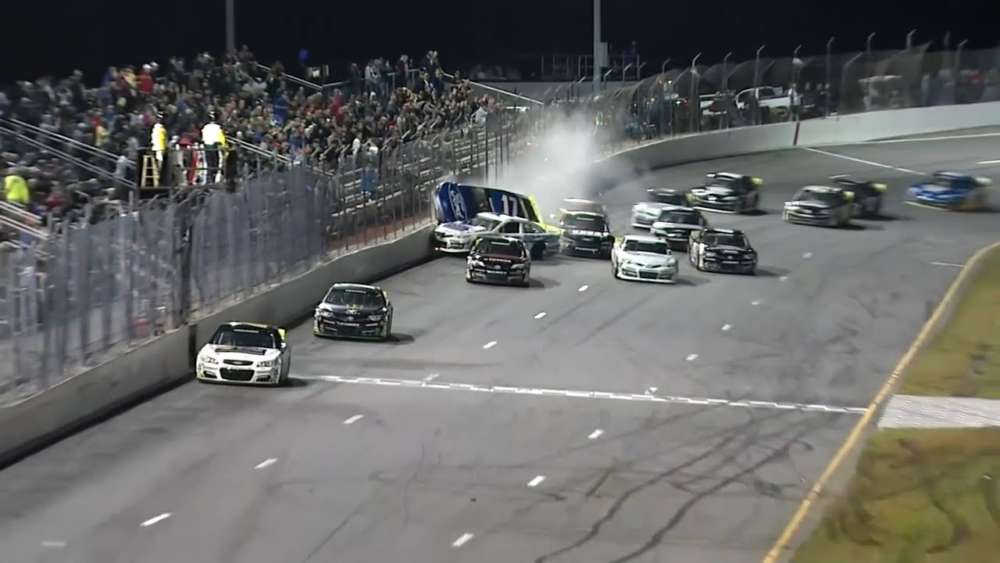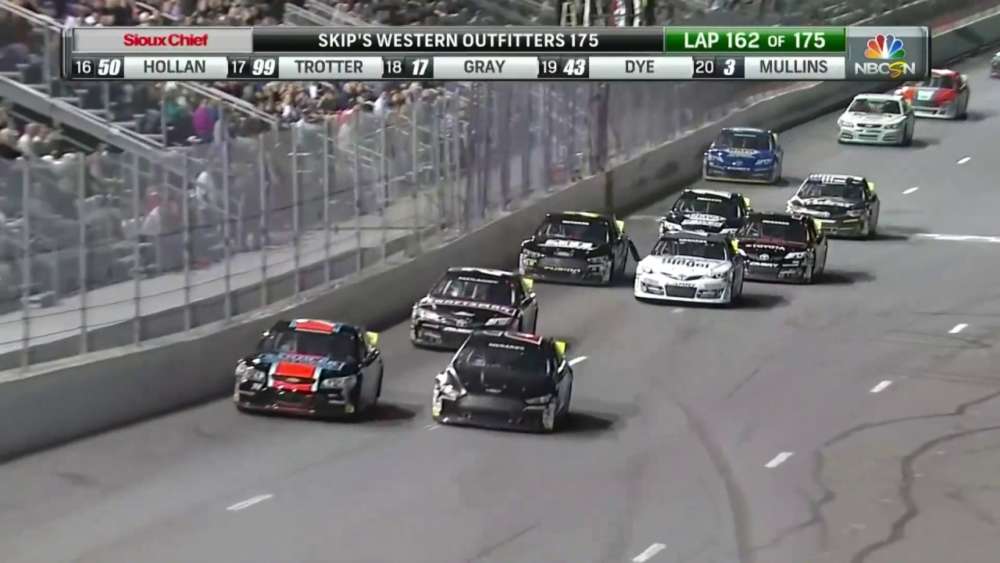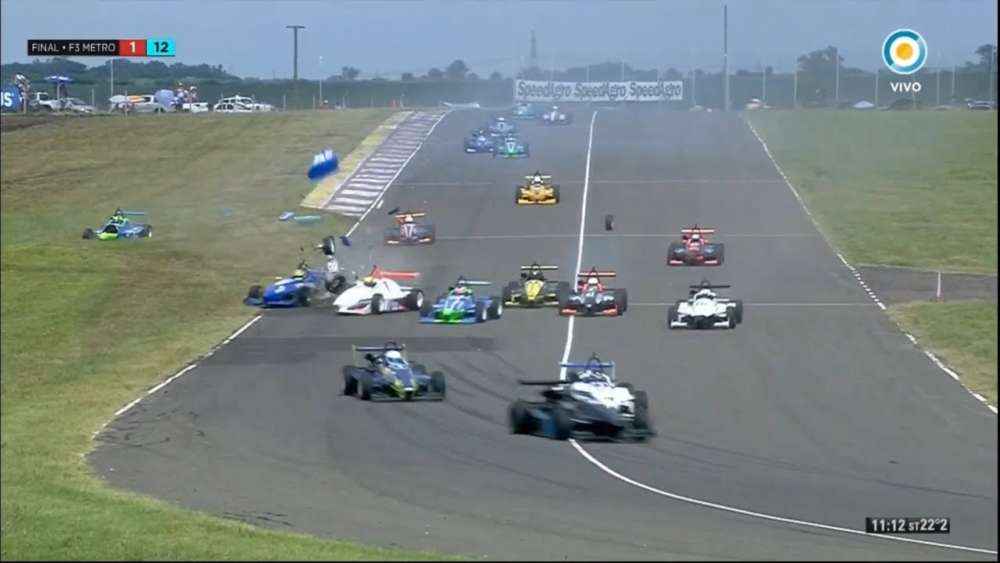Five F1 tech talking points of 2017: Ferrari lead the way on Bargeboard development
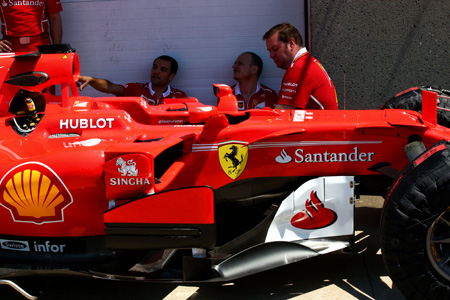
When the new cars were launched ahead of the 2017 season, one area of immediate interest was the area in front of the side pods – the bargeboards, with Ferrari leading the way.
Throughout the season this continued to be an area of interesting development as the redefined areas opened up by the 2017 regulations (seeking to create much more downforce than the old cars to lower lap times) increased the scope for development.
Teams made noticeably large changes in this area across the season, which we’re going to look into.
Brief Background
The development area for bargeboards had been heavily restricted in the post-2008 aerodynamic formula. But for 2017 the rules gave teams a far greater opportunity to pursue gains in front of the sidepod inlets.
As such, teams arrived with bargeboard designs of varying complexities as they sought to manage the wake from the suspension components and front wheel geometry, cleaning up the airflow around the sidepod in the process to ensure the inlet receives as much clean, laminar flow as possible.
Ferrari the pioneers in 2017
From the launches of the 2017 cars, it was clear to see that Ferrari had made the most radical steps in developing its bargeboard package.
The conventional bargeboard part itself, conveniently coloured in white, appeared conventional in design. It was augmented by a raised “lip” in front, offering greater control in channelling airflow around to the front of the floor.
However, the bodywork around the sidepod inlet was the most ingenious offered at the launches. Teams generally use the sidepod inlet to house its side-impact crash structures, but Ferrari used this to extend the workable area used to condition airflow.
The real sidepod inlet was moved back, offering Ferrari much greater control over the wake from the front end of the car, worked predominantly by the large secondary bargeboard in red.

Mercedes also extended the flow conditioner – along with the front of the floor – past the sidepod inlet to deal with tyre wake, albeit with a different design ethos to Ferrari, while the likes of Renault and McLaren used curved turning vanes to manage the wake from the larger wheel assembly as far upstream as possible.
As the season progressed, teams were more eager to break up the bargeboard assembly into a collection of smaller elements in order to promote greater airflow attachment.
With large “plate” structures, airflow tends to separate and create a zone of turbulence, and so breaking down the geometry pushes that separation point further back.
Force India understood that early on, and applied four slots to the top of the bargeboard geometry after testing in order to collect airflow from the front of the car and channel it down around the sidepods to be worked by the front of the floor. They increased the number of slots to nine by Bahrain to channel air more aggressively.

Teams also began to maximise their exploitation of the permissible bounding box, adding numerous louvres and slots to work the airflow harder at the front of the floor, allowing for more extreme direction of vortex structures.
Adding further bodywork to this part of the car also ensures greater integration with the under-nose flow conditioners, which pick up vortices generated by the inboard section of the front wing, and allows the flow to be carried around the car.
Towards the end of the season, there was a notable difference between each team’s bargeboard package before and after the season. Red Bull and Haas both displayed the greatest amount of progression, beginning with conventional bargeboard designs and ending with Ferrari-inspired constructions next to the sidepod inlet.
With relatively stagnant technical regulations for next season, it is expected that teams will pursue this area of development even further – so expect the first cars to arrive in time for testing with rather intricate designs aft of the front wheels.
What did you think of these developments in 2017? Leave your comments in the section below
Source :https://www.jamesallenonf1.com
